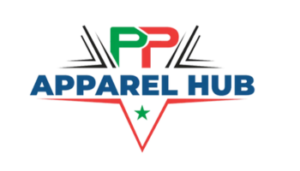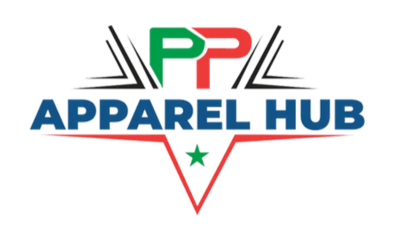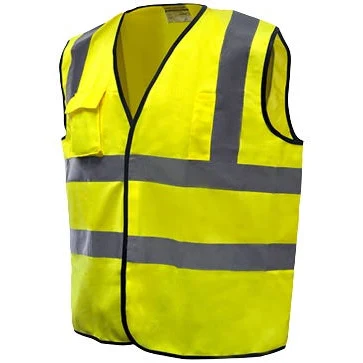Description
- Regulatory Compliance:
- Understand and comply with safety standards and regulations specific to the type of safety wear you are producing. Regulations may vary based on the industry and the intended purpose of the safety clothing.
- Design and Prototyping:
- Develop a design for the safety wear, considering factors such as functionality, comfort, and compliance with safety standards. Create prototypes to test the design’s effectiveness.
- Material Selection:
- Choose appropriate materials based on the intended use and safety requirements. Common materials for safety wear include flame-resistant fabrics, high-visibility materials, and materials that provide protection against chemicals, electrical hazards, or other workplace risks.
- Pattern Making:
- Create patterns for the safety wear based on the approved design. Patterns serve as templates for cutting fabric pieces with precision.
- Cutting the Fabric:
- Cut the selected materials according to the patterns. Pay attention to accuracy and consistency to ensure uniformity in the production of safety wear.
- Sewing and Assembly:
- Assemble the safety wear by sewing together the cut fabric pieces. This includes adding features such as reflective strips, closures, and reinforcements at stress points.
- Fitting and Adjustments:
- Conduct fitting sessions with individuals who will wear the safety gear. Make any necessary adjustments to ensure a proper fit and comfort.
- Testing:
- Perform safety tests on the prototypes or samples to ensure that the safety wear meets the required standards. This may involve testing for flame resistance, chemical resistance, visibility, or other specific safety features.
- Quality Control:
- Implement strict quality control measures throughout the manufacturing process. Inspect the safety wear for proper stitching, reinforcement, and overall construction quality.
- Labeling and Marking:
- Add labels and markings to the safety wear, including information about safety standards compliance, care instructions, and manufacturer details.
- Packaging:
- Package the safety wear in a way that protects it during transportation and storage. Include any necessary documentation, such as user manuals or safety guidelines.
- Distribution:
- Determine the distribution channels for the safety wear. This may involve supplying directly to industries, retailers, or other outlets.
- Training and Education:
- Provide training and educational materials to end-users on the proper use and maintenance of the safety wear. This is crucial for ensuring the effectiveness of the protective clothing.
- Feedback and Improvement:
- Gather feedback from users and clients to identify areas for improvement. Use this information to enhance future designs and manufacturing processes.
Throughout the entire process, prioritize safety, quality, and adherence to regulations to ensure that the produced safety wear effectively protects workers in various industries. Collaboration with safety experts and adherence to industry standards are critical components of safety wear production.







Reviews
There are no reviews yet.